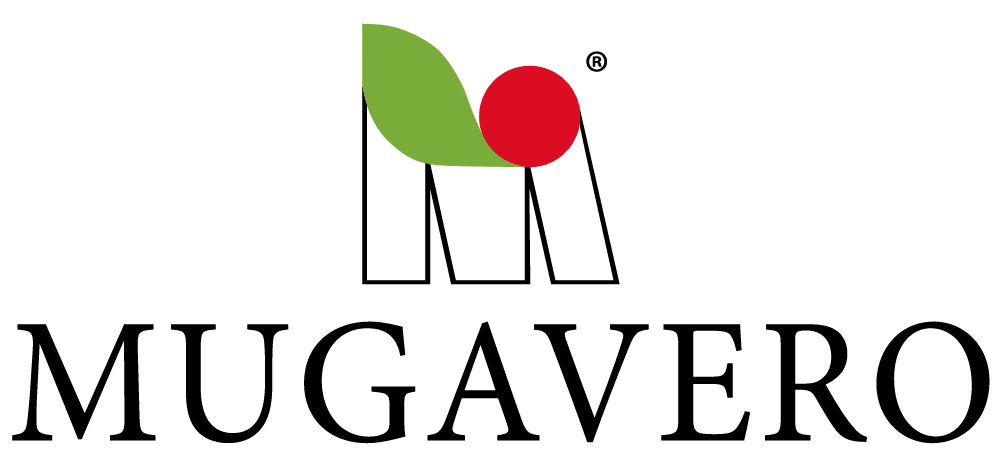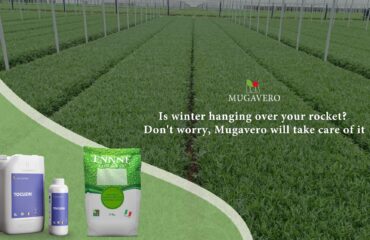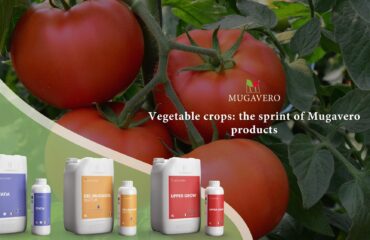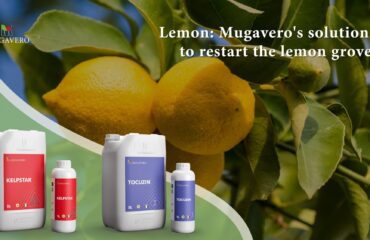
From papaya to table grapes, up to the cultivation of one of the most requested and desired Asian plants in Italy, both for its rarity and its nutritional properties: dragon fruit (dragon fruit), or pitaya. Produced mainly by China and Vietnam, dragon fruit is produced from a high energy-efficient CAM (Crassulacean Acid Metabolism) plant, which is identified as a cactus with a drooping habit. Consequently, the production cycle of the pitaya, a very demanding crop in nutritional terms, provides for an interlayer period of 8-10 months, a practice of burying manure and straw to enrich the basically sandy soil with organic substance. The land will no longer be worked on except with mechanical grass cutting; the plants are irrigated with dripline and fertilized with urea.
Coltivazione della pitaya e del suo dragon fruit: la soluzione di Mugavero
To give life to a quality dragon fruit, Mugavero for the optimal cultivation of pitaya proposes the use of Mirea (which does not require to be buried and ensures the total absence of nitrogen losses), the line of granular fertilizers inhibited with the DOS-P Technology, which allows the synergy of two inhibitors, reducing nitrogen losses to an absolute minimum.
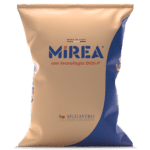
fertilizzante con doppio inibitore
The reason? The DOS-P Technology actually performs a double action: it slows down the transformation of Urea Nitrogen into highly volatile Ammonia by 8/12 days, inhibiting the urease enzyme and by 56/84 days the transformation of Ammonia Nitrogen into Nitrogen, highly washable, inhibiting the activity of Nitrosomonas bacteria responsible for the nitrification process. But that is not all.
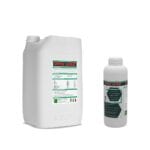
To make the cultivation of pitaya excellent, Mugavero proposes another solution: the use of Upper Grow. As the dragon fruit benefits, from fruit set to harvest, from the contribution of organic matter through the leaves and roots. Therefore, being rich in potassium and vegetable amino acids, Upper Grow is proposed in the production programs of pitaya as it gives the fruit greater shelf life and increases the concentration of sugars and colour. The potassium supply helps to lower the water potential of the roots, increasing water absorption and increasing the osmotic potential of the cells. For correct use, Mugavero suggests using Upper Grow on pitaya in fertigation with regular intervals of 10 days and foliar application directly on growing fruits.
If this article on pitaya cultivation was helpful to you, keep following us on our blog and our social channels: Facebook, Instagram, LinkedIn, YouTube

 Italiano
Italiano  English
English  Español
Español  Türkçe
Türkçe  Русский
Русский  العربية
العربية  Français
Français 